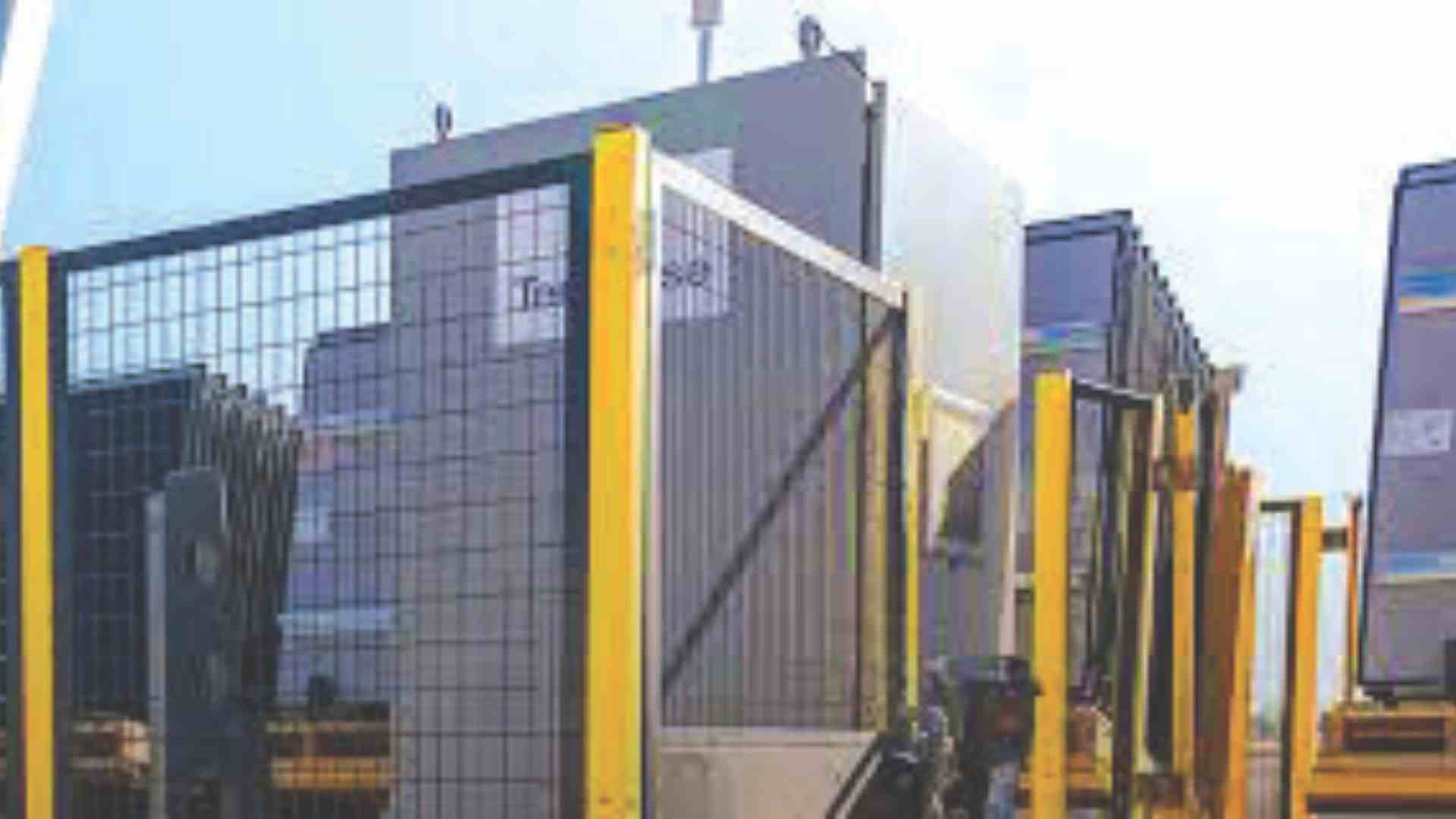Renewable energy is abundant, but capturing the gigawatt level of energy potential is not an easy task. Demand for solar is growing exponentially, and the cost of solar panels is nosediving. Then why isn’t solar catching up as quickly as it should?
Is it the lack of awareness? Or is the lack of manpower inhibiting the rapid solar deployment? Is it possible to automate the solar installation process?
But why is there a need to automate such processes? It is not like we lack manpower or we have an underpopulation issue. Despite the abundant population, the absence of skilled workers is plaguing the rapid deployment of solar.
Our global capacity is around 1400 GW, with a steep target of 75000 GW by 2050. Is it even practically possible to achieve this target?
Moreover, there is an inherent limitation to human capability. Repetitive and physically strenuous tasks should be automated. Automation is for humans, for the collective creative growth of the whole species, it is not there to enslave us.
The beckoning of the 4th Industrial Revolution demands all industries to adopt and embrace automation. Whenever the tide turns, most companies adopt new changes- not out of insight, but the fear of being left out.
Here we are talking about the mechanisation of solar installation and the maintenance work required post-installation. There could be a day when robots could do end-to-end installations of solar projects on autopilot.
It boils down to the classic debate of whether automation creates or destroys jobs. Humans are made for creatively stimulating tasks, and in a utopian world with no unemployment and overpopulation, this could have been 100% fully possible.
These robots, more or less, could be described as artificial intelligence housed in mechanical arms, and mounted on moving vehicles; the sizes of the robots may differ depending on the specific function they are designed for. This kind of automation, in theory, can be used for execution, O&M, cleaning, and inspection.
Despite the high upfront cost, such an investment will be beneficial in the long scheme of things. Once developed, these technologies can be replicated and deployed on a large scale.
These technologies are appropriate for huge land-mount projects spanning hundreds of square feet of land, but not so much for smaller-scale projects. Installing rooftop solar for robots could be difficult, as grappling with unfamiliar terrains could be challenging.
Ideally speaking, humans should not waste their potential doing manual, unimaginative work. It’ll not only speed up the construction of solar farms but also improve efficiency, accuracy, and safety. Such a setup will also help protect workers from unsafe conditions- remote regions with extreme weather conditions, or high-rise buildings.
Intelligent robots can also do visual and internal inspections for errors and faults and can trigger an immediate alert, decrease downtime, and increase productivity. Robots can install solar panels twice as fast as traditional methods. Safer and quicker deployments are no surprise, a tempting proposition.
India historically has been an early adopter market, despite the seemingly conservative image that the global market seems to possess about us. We, alongside the whole world, envision a zero-carbon future.
The goal is not to hire fewer people; the goal is to do more work with the same number of people.
The Author is the Senior Vice President of Oorjan Cleantech Private Limited

